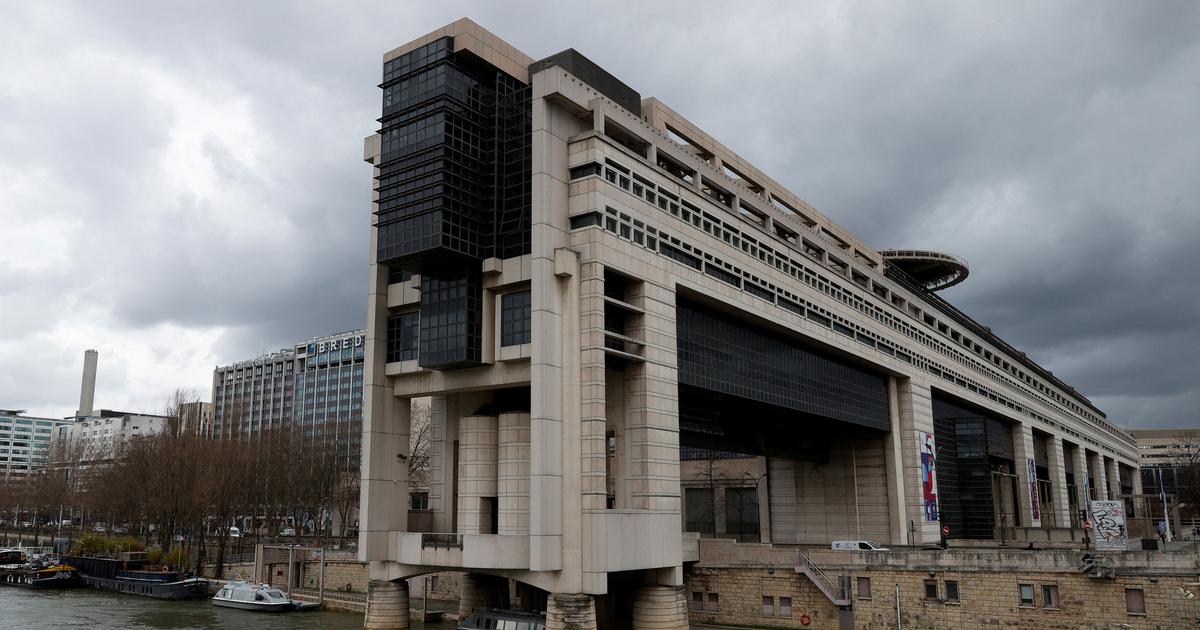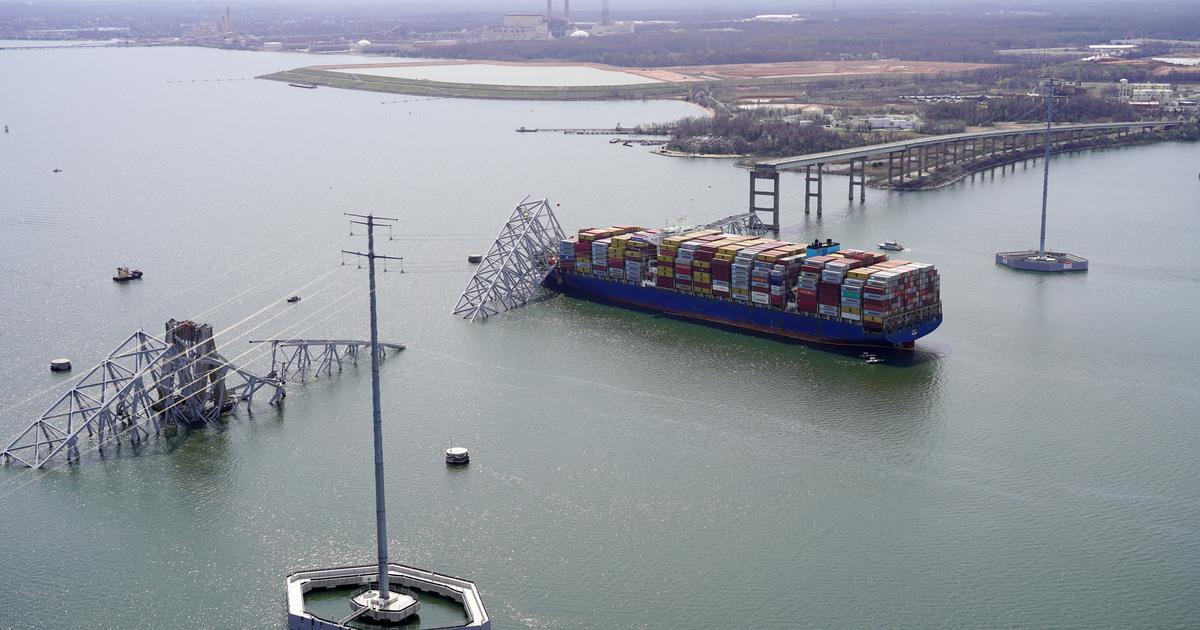Two health workers prepare the vaccines for administration in Montpellier (France) .Guillaume Horcajuelo / EFE
When the World Bank published its latest global economic projections early last summer, the question that hung in the air was whether it would be possible to develop a vaccine against a new virus in less than a year.
Six months later, the scientific prodigy has been worked, with several immunizations approved by the health authorities of the main countries of the world, many others on the way and the vial factories already at full capacity.
Now, the questions have more to do with the rate at which health authorities will be able to administer the drug: the sooner it is done, the faster and more robust the recovery will be;
the longer it takes, the slower the economy will return to life.
Everything, absolutely everything, is in the hands of the antigen cocktail.
And the first news is not the best.
The base scenario projected this Tuesday by the Washington-based organization points to global growth of 4% this year, which would recover practically everything that fell in 2020 (-4.3%).
But the two alternative paths are absolutely divergent.
In the most optimistic, the “successful control of the pandemic and a faster vaccination process” would allow the global GDP to climb 5%: in less than a year, what was lost with the pandemic would have been reversed.
In the pessimistic, the tail risks would impose their law and the delay in the vaccination schedule would also cause an increase in the number of patients and would significantly put downward pressure on growth.
So much so that it would drop it to less than half: 4% would become a thin 1.6%, the second lowest annual record in almost three decades, after the 2009 hit (-1.7%) derived from the outbreak. financial on Wall Street and, above all, from the crash of last year.
"The main short-term political priorities are to control the spread of covid-19 and ensure a rapid and wide distribution of vaccines," emphasize the technicians of the multilateral, who fear two brakes in the administration of the vaccine: the logistical bottleneck and the reluctance of broad sections of the population to be vaccinated, which would complicate the necessary group immunity.
In an even more severe scenario, in which financial crises become widespread throughout the world - something that practically no analysis house even has in their forecasts after 2020 in which, despite the recession, they have contained the risks in the banking sector thanks to the action of central banks—, "world growth could even be negative in 2021."
Slight improvement from 2020 frame
Regardless of the speed or slowness in the deployment of vaccines, in its review of the macroeconomic chart published this Tuesday, the World Bank slightly improves its numbers for the year just ended: compared to the 5.2% implosion expected in June, His calculations now point to the global economy limiting the drop to 4.3%.
The vectors of this relative improvement are twofold: a smaller drop than expected in the rich countries - despite the fact that the recovery stagnated in the latter stages of the year due to the advance of the second wave - and a recovery “stronger than expected. anticipated ”in China, which saved furniture by far (+ 2%) and which this year will grow -attention- by 7.9%.
On the other hand, the damage to the economic engine room in the rest of the emerging block was "more serious than expected."
“The global economy appears to have entered a moderate recovery phase, but policymakers face enormous challenges - in public health, debt management, budgets, central banking and structural reforms - in trying to ensure that this rebound, still fragile, gains momentum and lays the foundations for robust growth ", reads the president of the organization, David Malpass.
Concern about the “fourth wave” of debt
The health crisis is being, among many other things, a very powerful accelerator of debt.
And it came when the world was still amassing a significant volume of liabilities from past decades and warning voices about its sustainability were growing, especially in emerging countries.
The world is in what the lender classifies as a “fourth wave” of debt after the 1970s and 1980s in Latin America and some sub-Saharan African countries, the 1990s and early 2000s in Asia-Pacific and the early in the century in rich countries, which concentrated on the private sector and led to the Great Recession.
All three, he recalls, ended up leading to financial outbursts with global reverberations.
"The pandemic has made this fourth wave even more dangerous, exacerbating the risks associated with debt," emphasizes the agency in a report that focuses, above all, on low and middle-income countries, long the link weaker.
"The international community must act quickly and forcefully to ensure that this does not end, like the previous ones, in a chain of debt crises in emerging countries."
In recent months, as a result of the confinements and the measures to control the virus, the debt burden has grown strongly: Governments around the world - especially those in rich countries, which are also the ones that have more financial muscle and better access to the market— have redoubled their issues to face the huge expenses derived from the health crisis.
“This comes after a decade in which global debt [both public and private] had already grown to a record 230% of GDP.
A high level that leaves borrowers in a situation of vulnerability to any sudden change in investors' appetite for risk, ”warn World Bank economists in their review of the situation of the global economy.
"The easing of financial conditions - with low borrowing costs, abundant issuances and a recovery in equity valuations thanks to the positive news about vaccines - mask the growing underlying vulnerabilities," the study presented Tuesday reads.
“Even before the pandemic, there was no room for complacency: crises have often been triggered by exogenous shocks that sharply increased investors' risk aversion and sudden stops in capital flows.
And global growth slowdowns were often catalysts for crises. "







/cloudfront-eu-central-1.images.arcpublishing.com/prisa/V7VWQYKVFVAJDPG3TQOP75Y74M.jpg)

